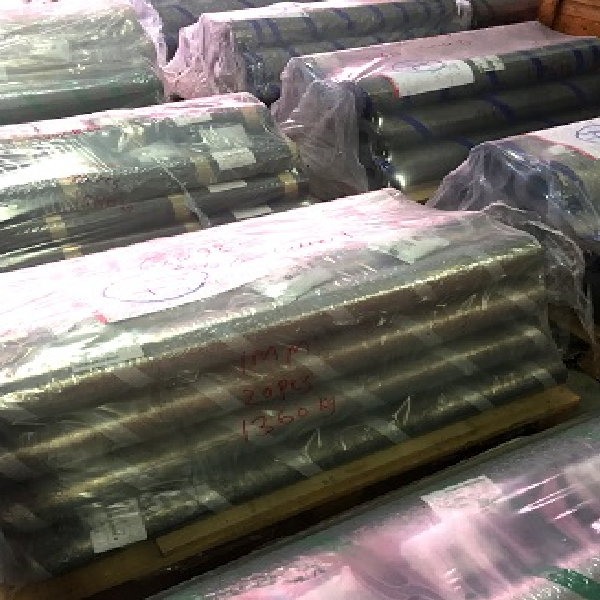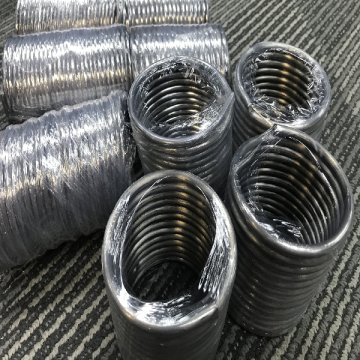Lead For Radiation Protection
Lead Lining, Sheets, Plates
Summary
- TLM lead sheet is manufactured under the highest standards in quality assurance procedures at all stages of production.
- Large quantities are used in industry for lining pipes, tanks, and X-ray apparatus
- Due to its high density and nuclear properties, lead is used extensively as protective shielding for radioactive material.
- Lead sheet is the preferred material for medical radiation shielding projects, and acoustic insulation as a sound barrier material.
Introduction:
Lead has been extensively used for radiation shielding due to its excellent properties in attenuating ionizing radiation. Here's a detailed write-up on the use of lead for radiation shielding:
Properties of Lead for Radiation Shielding:
- High Density: Lead has a high atomic number (82) and density (11.34 g/cm³), which makes it highly effective in attenuating ionizing radiation. When exposed to radiation, lead atoms absorb and scatter the radiation energy, reducing its intensity.
- Effective Absorption: Lead is particularly efficient at absorbing gamma rays, X-rays, and other forms of ionizing radiation. This property makes it suitable for shielding applications in environments where protection against these types of radiation is required.
- Homogeneity: Lead is a homogeneous material, which means it provides consistent shielding properties throughout its volume. This uniformity ensures reliable and predictable radiation attenuation, making it easier to design and implement effective shielding solutions.
- Malleability: Lead is highly malleable and ductile, allowing it to be easily formed into various shapes and configurations to suit specific shielding requirements. This versatility enables the fabrication of custom shielding solutions tailored to different applications and environments.
- Cost-Effectiveness: Lead is relatively abundant and cost-effective compared to other materials used for radiation shielding, such as tungsten or depleted uranium. Its affordability makes it a preferred choice for many shielding applications, particularly in healthcare, nuclear facilities, and industrial settings.
Applications of Lead Shielding:
- Medical Radiation Shielding: Lead is extensively used in medical facilities for shielding X-ray and gamma-ray equipment, such as radiography rooms, computed tomography (CT) scanners, and radiation therapy units. Lead aprons and shields are also commonly used to protect healthcare workers and patients from radiation exposure during diagnostic and therapeutic procedures.
- Nuclear Power Plants: Lead is used for shielding reactor components, control rooms, and spent fuel storage facilities in nuclear power plants. It helps minimize radiation exposure to personnel and the environment, ensuring safety and regulatory compliance.
- Industrial Radiography: Lead shields and barriers are employed in industrial radiography applications, such as non-destructive testing (NDT) and inspection of welds, pipelines, and structural components. These shields protect workers and bystanders from radiation emitted by portable X-ray and gamma-ray sources.
- Research Laboratories: Lead-lined rooms and enclosures are used in research laboratories and facilities working with radioactive materials, isotopes, and radiation-emitting equipment. These shielding structures provide containment and protection against radiation hazards to personnel and the surrounding environment.
- Security and Homeland Defense: Lead is utilized in the construction of shielding barriers and containers for transporting and storing radioactive materials in security and homeland defense applications. These shields help prevent the unauthorized acquisition and use of radioactive sources for malicious purposes.
- Aviation and Spacecraft: Lead is sometimes used in aerospace applications to shield sensitive electronic equipment and payloads from cosmic radiation encountered at high altitudes and in outer space. Lead foil or sheets may be incorporated into spacecraft components to provide additional protection against radiation exposure.
Safety Considerations:
While lead is effective for radiation shielding, it is essential to handle and dispose of lead-containing materials properly to prevent environmental contamination and health risks. Adequate ventilation and personal protective equipment should be used when working with lead to minimize exposure. Additionally, regulatory guidelines and standards should be followed to ensure the safe use and disposal of lead shielding materials.
Conclusion:
Lead is a versatile and effective material for radiation shielding, offering excellent attenuation properties, cost-effectiveness, and versatility in various applications. From medical facilities and nuclear power plants to industrial and research settings, lead shielding plays a crucial role in protecting personnel, the public, and the environment from the harmful effects of ionizing radiation. However, it is essential to handle lead materials responsibly and adhere to safety protocols to minimize health and environmental risks associated with lead exposure.
Share









